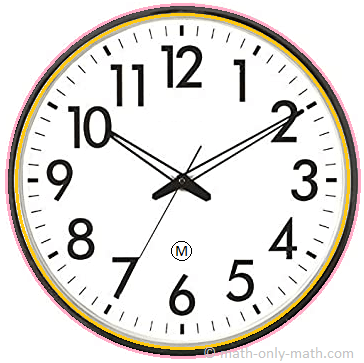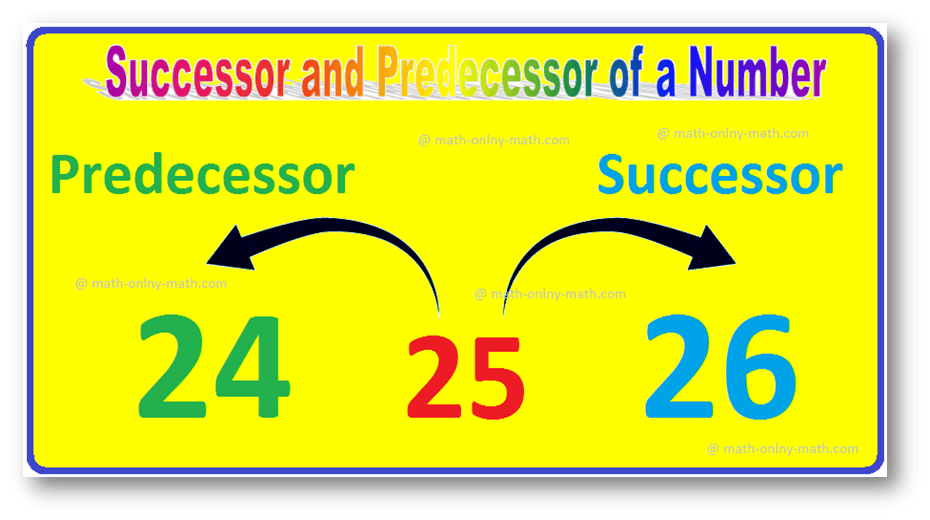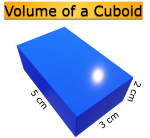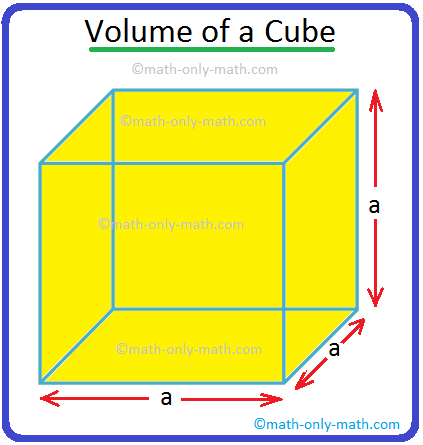Subscribe to our ▶️ YouTube channel 🔴 for the latest videos, updates, and tips.
Home | About Us | Contact Us | Privacy | Math Blog
Units of Time
There are different units of time.
Second, minute, hour, day, week, month and year are the units of time.
These have the following relations between each:
60 seconds = 1 minute
or
1 minute = 60 seconds
60 minutes = 1 hour
or
1 hour = 60 minutes
24 hours = 1 day (day + night)
7 days = 1 week
12 months = 1 year
52 weeks = 1 year
365 days or 366 days make a year
10 years make a decade
50 years make half century
100 years make a century
These are the relations between units of time.
So far we have studied the clocks having two hands – an hour hand and a minute hand. Some clocks and watches have a thin and long hand which moves faster than the other two hands called the second hand.
The second hand moves round the clock face in one minute. That is, it covers 60 small divisions in one minute. The time taken by it to move from one small division to the next is one second.
Thus, 60 seconds = 1 minute
Note: Minutes and seconds are symbolically represented with a single and double strokes at the top right of the numbers.
20 minutes = 20’, 20 seconds = 20”
Related Concepts
● To Measure the Length of a Line-segment
● Examples on Unit of Mass or Weight
● Units for The Measurement of Capacity
● Examples on Measurement of Capacity
● Antemeridian (a.m.) or Postmeridian (p.m.)
● Calendar
● Reading and Interpreting a Calendar
4th Grade Math Activities
From Units of Time to HOME PAGE
Didn't find what you were looking for? Or want to know more information about Math Only Math. Use this Google Search to find what you need.
Recent Articles
-
Successor and Predecessor | Successor of a Whole Number | Predecessor
Jul 29, 25 12:59 AM
The number that comes just before a number is called the predecessor. So, the predecessor of a given number is 1 less than the given number. Successor of a given number is 1 more than the given number… -
Worksheet on Area, Perimeter and Volume | Square, Rectangle, Cube,Cubo
Jul 28, 25 01:52 PM
In this worksheet on area perimeter and volume you will get different types of questions on find the perimeter of a rectangle, find the perimeter of a square, find the area of a rectangle, find the ar… -
Worksheet on Volume of a Cube and Cuboid |The Volume of a RectangleBox
Jul 25, 25 03:15 AM
We will practice the questions given in the worksheet on volume of a cube and cuboid. We know the volume of an object is the amount of space occupied by the object.1. Fill in the blanks: -
Volume of a Cuboid | Volume of Cuboid Formula | How to Find the Volume
Jul 24, 25 03:46 PM
Cuboid is a solid box whose every surface is a rectangle of same area or different areas. A cuboid will have a length, breadth and height. Hence we can conclude that volume is 3 dimensional. To measur… -
Volume of a Cube | How to Calculate the Volume of a Cube? | Examples
Jul 23, 25 11:37 AM
A cube is a solid box whose every surface is a square of same area. Take an empty box with open top in the shape of a cube whose each edge is 2 cm. Now fit cubes of edges 1 cm in it. From the figure i…







New! Comments
Have your say about what you just read! Leave me a comment in the box below. Ask a Question or Answer a Question.